?The other day while at the doctor?s office, I was reading some back issues of Readers Digest and came across an article about this entrepreneur named Tom Szaky, CEO of TerraCycle. TerraCycle is a New Jersey based business that revolutionized Upcycling.
What exactly is upcycling? Well, basically it is the fine art of converting waste products into something useful and of higher value. For example, Szaky works on transforming post-consumer products such as potato chip bags that often end up in dumpsters into shopping bags or similar products. Given the? nature of the potato chip bags, which are quite strong and durable (as well as waterproof) this is carried on to the upcycled bag.
As I was reading the article, it got me to thinking about my own scraps and how I can transform it into something useful. Granted that upcycling may take some time and effort, I realized that yes, even little steps that I can make to reduce waste and go green is helpful right?
One thing that occurred to me as I was contemplating that is what I can do with juice boxes and milk cartons, especially since my family uses a lot of this, especially during afternoon snacks when we go out to the park, or when the kids go to school for that matter. I bet if we looked at school trash cans after lunch time, there are hundreds of these carton boxes that can be made into something else. To be fair, currently we (as well as the school?s, I?m sure) are recycling these items by segregating the boxes and sending them off to recycling centers and the like. However, the article I read made me think of fun activities in which I can use these with my kids, thus making recycling a more meaningful and interesting thing for them.
In any case, here are three ideas that can ?upcycle? (I say upcycle in quotations because, well, it may? not necessarily be really upcycling, but it sure gives the trash more educational value, right? J) juice boxes and milk cartons that every family can do:
1. Let?s Make Scrap Art! These juice boxes and cartons have lots of arts and crafts potentials! The shapes and sizes of the cartons allow for a wide range of creations. For one, these can be made into little puppets. Simply open up the bottom of the juice box, wash it out thoroughly to make sure it doesn?t attract bugs and the like, then wrap it up in a scrap sheet of paper so it has a solid color, then decorate it with popsicle sticks, googley eyes, pieces of yarn, scrap cloths, etc. The potential is endless!
Another idea is to make a city or neighborhood out of these boxes and cartons. This would be a fun alternative for the expensive dollhouses and the like that can be found in toy stores. The milk cartons would be great for houses, mainly because of its inherent shape.? Add a little paint, draw some details, and viola, a city scape for little dolls and figures to live in J
2. Let?s do some experiments! These juice boxes can be great materials for science projects. For example, use the boxes as planters wherein the kids can try to see how plants grow differently or perhaps measure the growth rates of plants, and so on and so forth.
3. Let?s learn math! I know this preschool teacher who uses boxes as a means of measuring the length of objects. According to her, it gives the kids a more concrete visualization of measurement. What she does is she asks the kids to lay out the boxes one after the other in order to measure the length, for example, of one of their classmates and then they can see ?how many boxes tall is ____?. She says the idea of ?inches? and ?feet? for her three year olds are a little abstract at the moment. She got her inspiration for this from materials such as inch cubes or blocks. After they measure how many boxes long an object is, they go on to graph this on a chart by pasting the boxes on a craft paper and then they get to see who has more or less boxes. This allows them to compare and contrast with a clearer visual reference.
I?m sure there are so many other ideas that can transform these cartons into something more useful and fun for kids to learn from. I?d love to hear your ideas! Do share them J
This article is written by Marina Chernyak a freelance writer and co-owner of retail specialty products like etagere shelves, stack dolls, eco-friendly furniture and lot more.
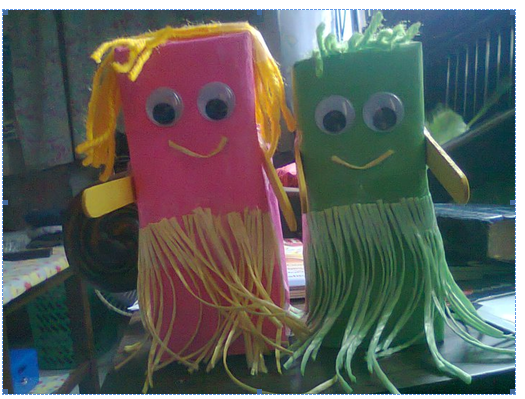
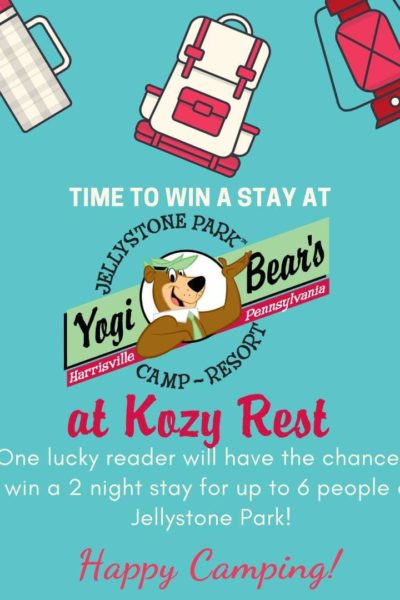
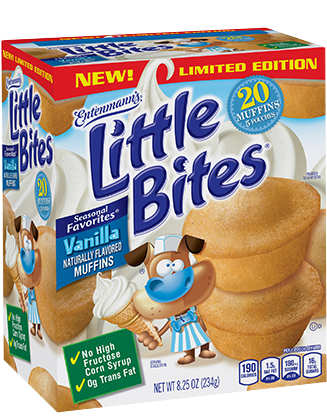
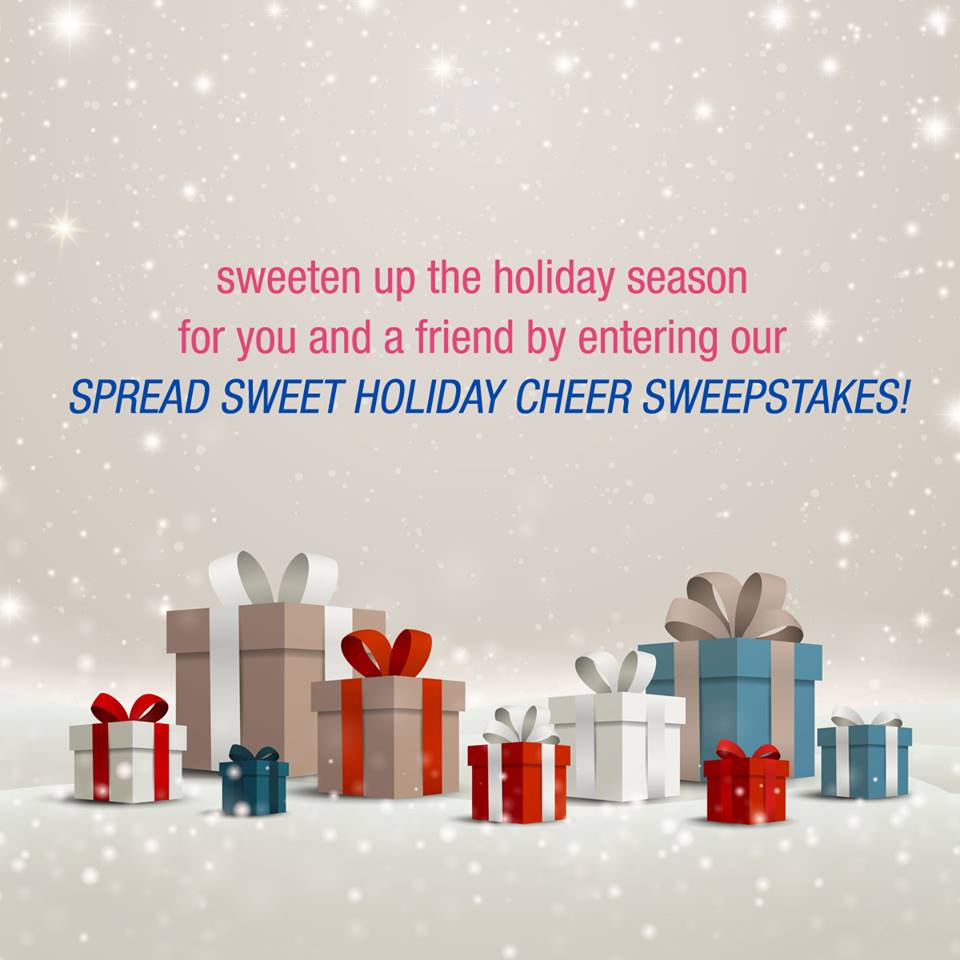
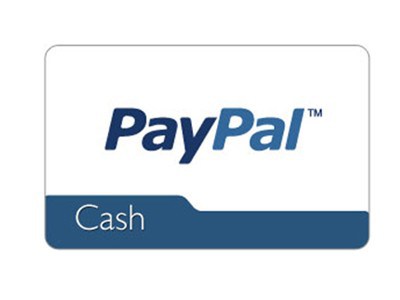
Totally neat! Thanks for sharing this article!